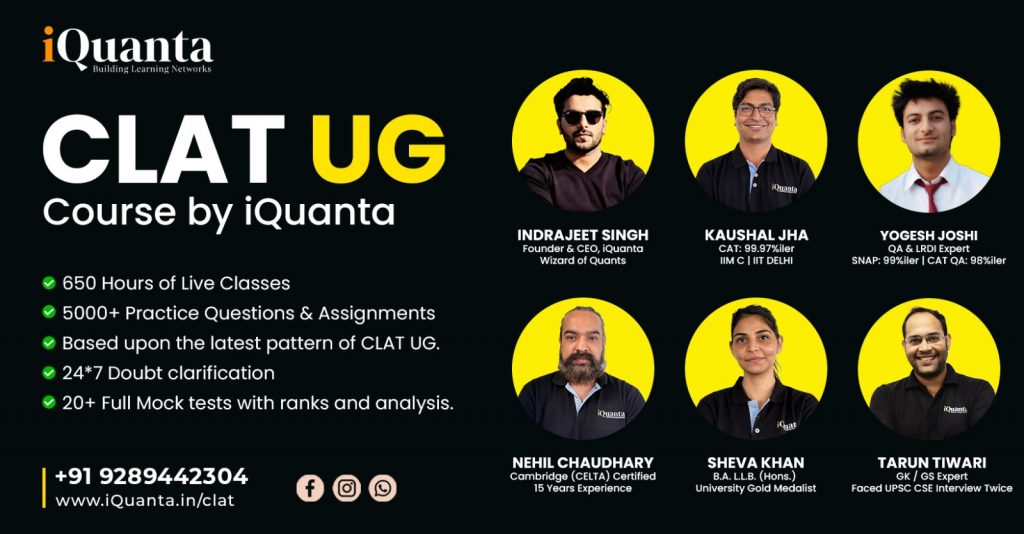Passage 1
India, as a member elected on a geographic basis (Asia), is actively participating in the [1] th session of the Executive Committee (CCEXEC) of the Codex Alimentarius Commission (CAC). Shri G Kamala Vardhana Rao, CEO of the Food Safety and Standards Authority of India (FSSAI) represented India in the session being held at the Food and Agriculture Organization (FAO) Headquarters in Rome from July 1st to 5th, 2024.
The Codex Alimentarius Commission, an international body established by FAO and the World Health Organization (WHO), aims to protect consumer health and promote fair practices in food trade. The CCEXEC plays a critical role in reviewing proposals for new work and monitoring the progress of standards development.
During the session, India strongly supported the advancement of standards development for various spices, including small cardamom, turmeric, and vanilla. This initiative is particularly significant for India, being a major producer and exporter of these spices, as it would facilitate smoother international trade. Additionally, India backed the progression of standards for named vegetable oils, guidelines for the control of Shiga Toxin-Producing Escherichia coli, and the safe use and reuse of water in food production and processing.
India, also championed the proposal for developing Codex guidance on food safety considerations related to the use of recycled materials in food packaging. This initiative is crucial in addressing global challenges such as climate change, environmental protection, and sustainability. Moreover, India shared its experience with the guidelines developed by FSSAI on recycling post-consumer PET for food contact applications. These guidelines were well-received and appreciated by the CCEXEC members.
India’s participation, as a member, in the High-level Executive Committee (CCEXEC) underscores its dedication to establishing robust food safety standards and promoting fair practices in the global food trade, reflecting its pivotal role in the international food industry.
Source: https://pib.gov.in/PressReleaseIframePage.aspx?
Get CLAT Online Coaching!

Passage 2
China witnessed a historic moment with the completion and operation of the world’s first fully high-temperature superconducting tokamak device, named [1], in its eastern Municipality of Shanghai on Tuesday, marking a significant leap forward in global fusion technology development for clean energy, reported Chinese Communist Party bullhorn CGTNmTokamak devices, often called “artificial suns,” are traditionally large and expensive. Designed and built by a commercial company, the [1] is smaller and cheaper to produce, paving the way for more commercially viable fusion reactors in the future. The [1] boasts a magnetic system constructed from high-temperature superconducting materials, a global first.
The successful operation of the [1] marks a significant milestone for China. It signifies a major step forward in verifying the engineering feasibility of high-temperature superconducting tokamaks, paving the way for a clean and sustainable energy future. According to the World Energy Outlook, if fossil fuel like oil, natural gas and coal gradually exit the global market, humans will face more than a 10 percent energy shortage by 2050. This is a huge opportunity and a challenge for taming controlled nuclear fusion energy.
Over the past few years, breakthroughs in high-temperature superconducting materials and other technologies have made it possible to develop an economically viable tokamak, according to Guo. Controlled nuclear fusion offers a clean and sustainable energy solution that could help combat climate change and resource depletion, said Gao.
By 2027, It aims to build a next-generation tokamak, a steady-state, high-magnetic-field, high-temperature superconducting model. This project will lay the groundwork for commercially viable fusion energy acquisition, with an ultimate goal of a demonstration power plant by 2030, Guo added.
Source: https://news.cgtn.com/news/2024-06-19/China-makes-fusion-tech-breakthrough-with-world-s-first-HH70-Tokamak-


